Iran Ground Force deploys live firepower to back up Navy during major maneuvers
The Iranian Army's Ground Force conducts extensive live-fire drills in support of the Navy during the underway Zolfaqar 1403 military maneuvers, deploying a wide range of light and heavy weaponry to bolster maritime defense.
According to Brigadier General Alireza Sheikh, spokesperson for the maneuvers, the live-fire drills were participated by military units from the southeastern region of the Army’s Ground Force.
Their mission was to provide critical support to the Navy by engaging in field exercises using various combat systems.
Rapid deployment and defensive strategy
The spokesman emphasized that the Army's rapid deployment capabilities remained a key component in designing and executing military exercises.
He highlighted that the 55th Airborne Brigade, in coordination with the 223rd Rapid Reaction Brigade, swiftly landed in the designated operational zone to establish immediate defense lines, referred to as "emergency defense operations."
The quick-response deployment aimed to prevent mock enemy forces from advancing into Iranian territory before additional reinforcements could arrive, Sheikh added.
Advanced missile and drone capabilities
A notable aspect of the drills was the use of advanced missile and drone systems, the official underscored.
He revealed that various missile platforms were employed, including the Fat'h (Conquest) missile with a 120-kilometer (74-mile) range and the Fajr (Dawn) missile with a range of 110 kilometers (68 miles).
Additionally, the Army deployed Arash-2 loitering munitions, as well as offensive drones such as Ababil-(Flock of Birds)-4, Ababil-5, and Mohajer (Migrant)-6.
The systems were utilized to strike mock enemy positions, referred to as “Orange Forces," and to assist the Navy in neutralizing mock hostile elements at sea.
Sheikh further underlined the strategic use of drone warfare in the exercises, with a heavy emphasis on reconnaissance, surveillance, and offensive drone strikes. Indigenous electronic warfare drones also played a role in disrupting enemy operations, he stated.
Integrated ground and naval combat ops
During the Zolfaqar 1403 maneuvers, the Ground Force demonstrated its capability to deploy both close-range and long-range firepower against enemy positions, the spokesman said.
Anti-armor missile systems such as the ground-launched Almas (Diamond) and the dual-mounted Dehlaviyeh were deployed on armored personnel carriers, the official noted.
Artillery and missile strikes were assessed for their precision and effectiveness in battlefield scenarios, Sheikh remarked, adding that, additionally, combat engineering units worked on fortifications, obstacles, and controlled demolitions to strengthen coastal defenses along the Sea of Oman.
Heliborne ops and aerial fire support
Highlighting the role of air support, the spokesman stated that the Army Aviation units played a crucial role in suppressing mock enemy forces during the maneuvers.
Helicopter gunships executed coordinated strikes, provided aerial fire support, and engaged in ambush operations, Sheikh said, noting that air defense units, meanwhile, used Shahid (Martyr) Majid air defense systems and Misaq (Covenant) shoulder-launched missiles to counter low-altitude aerial threats.
Armored assault and naval coordination
According to the official, as part of the joint maneuvers, the 188th Armored Brigade, in coordination with airborne and rapid reaction units, launched a decisive counterattack against mock enemy forces.
Tanks, armored personnel carriers, and coordinated airstrikes forced the adversary into retreat, pushing them back into the sea, Sheikh said.
The Air Force also supported these operations with Karrar (Striker) drones and F-4 fighter jets, ensuring the success of the Ground Force’s offensive maneuvers.
Replication of Shahed-136 by US shows Iran’s drone superiority: Official
VIDEO | Expose the aggressors
China reaffirms support for expansion of Iran-Saudi ties
Isfahan seawater transfer project powers sustainable industrial growth, water security
Honduras issues arrest warrant for ex-president pardoned by Trump
Epstein, Dershowitz, and the secret war to discredit Mearsheimer-Walt Israel lobby study
Israel named world’s top killer of journalists for third year
UNIFIL chief says has 'no evidence' of Hezbollah rearming in south Lebanon


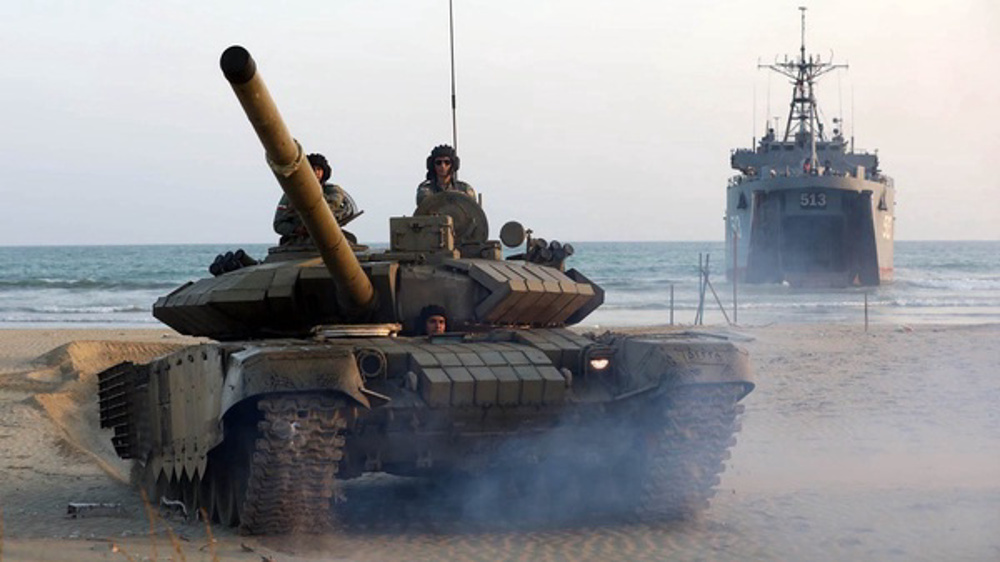
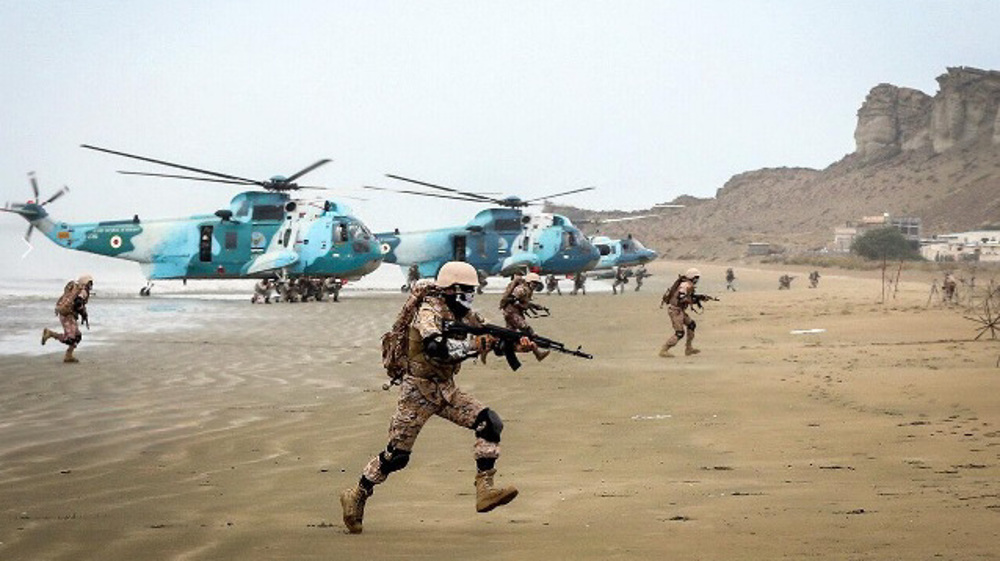
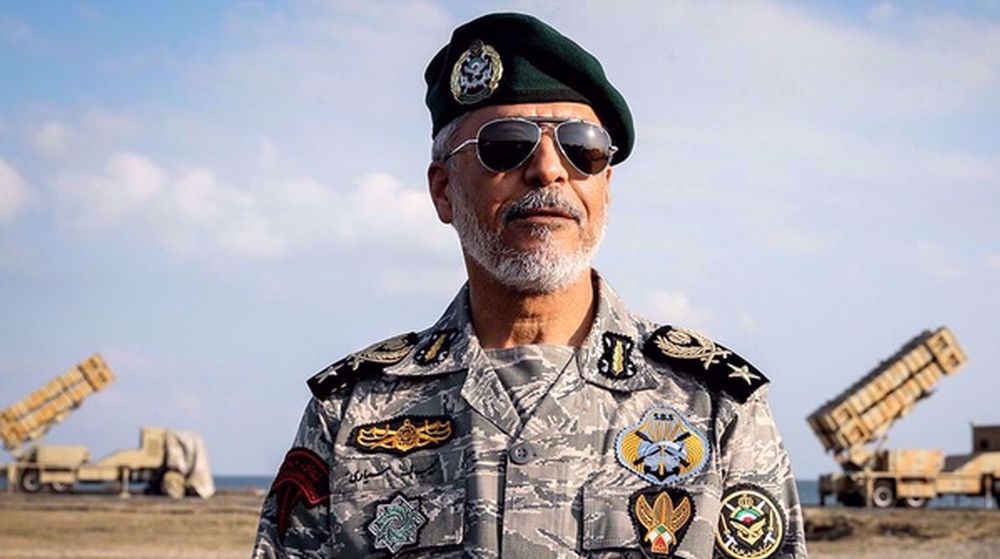

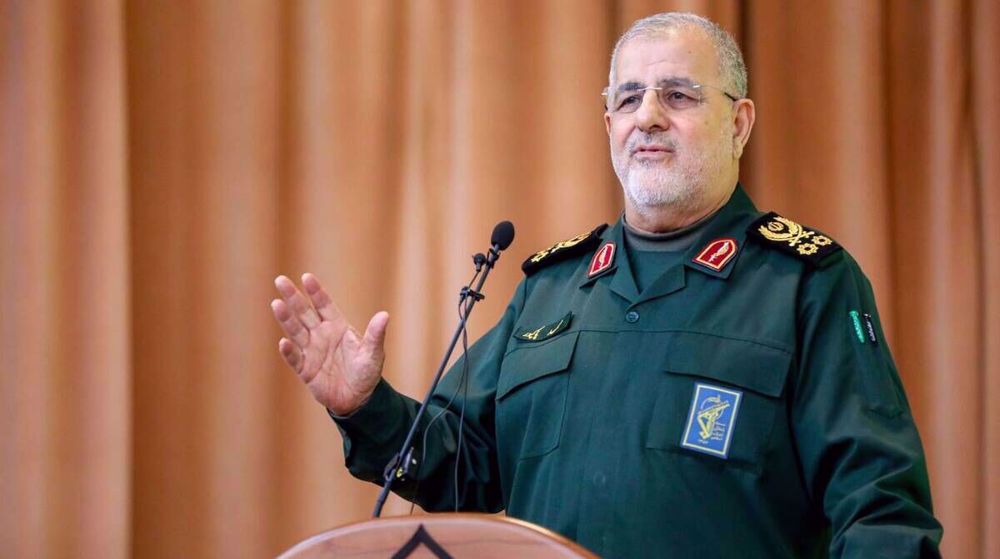
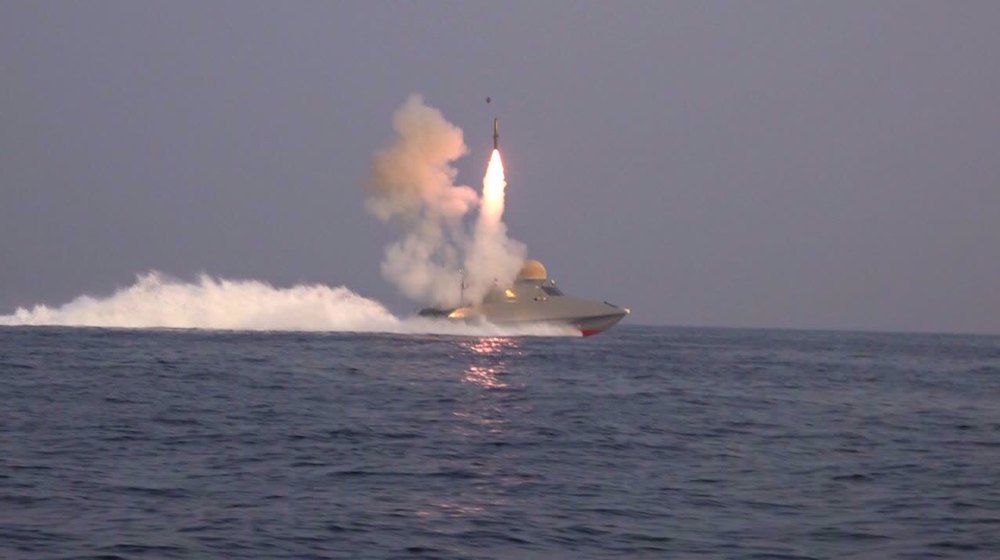



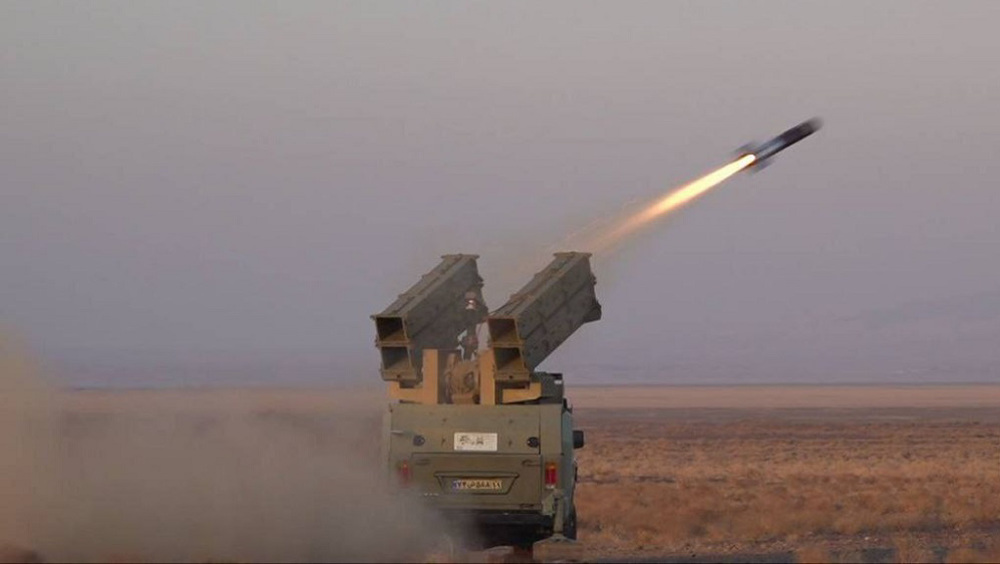
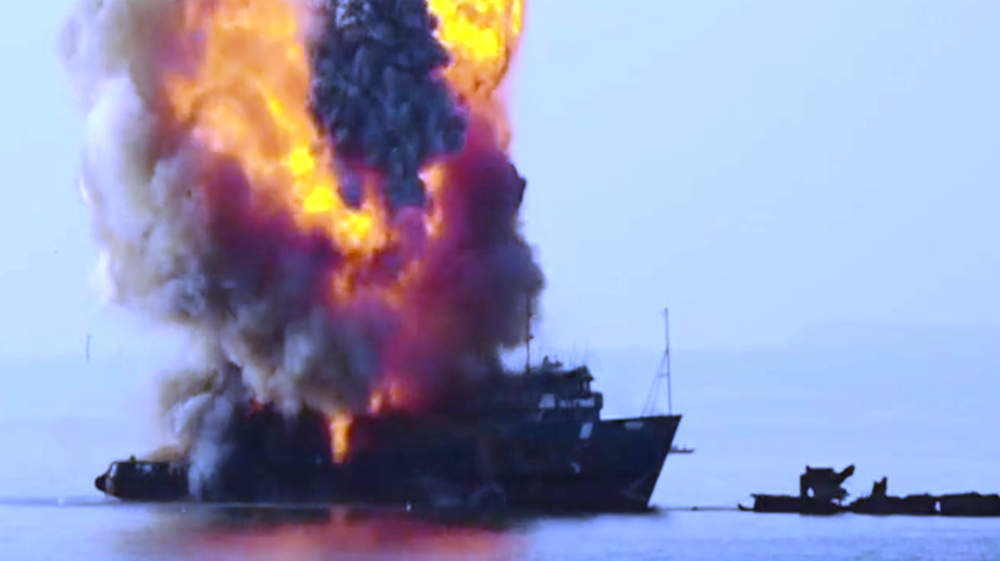
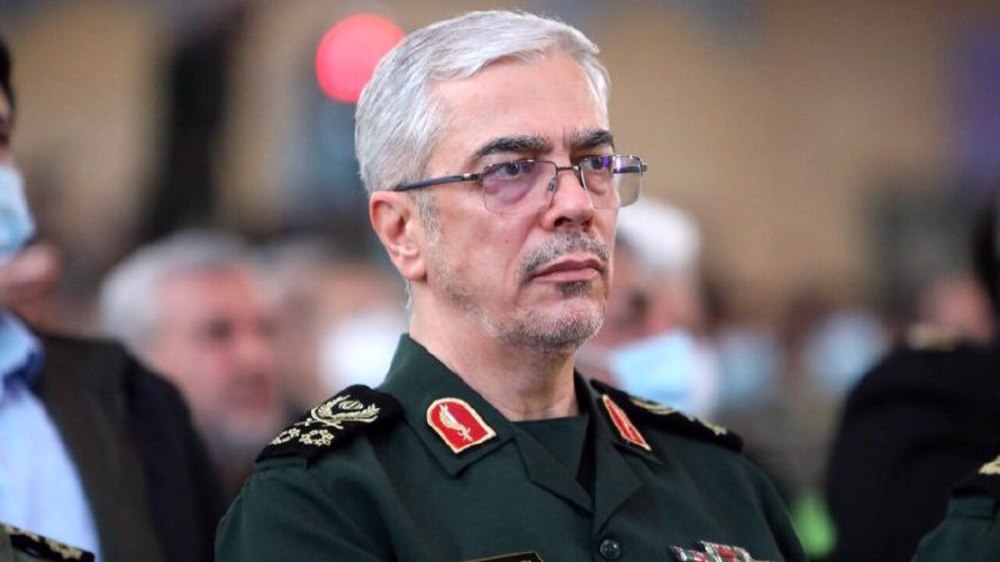

 This makes it easy to access the Press TV website
This makes it easy to access the Press TV website